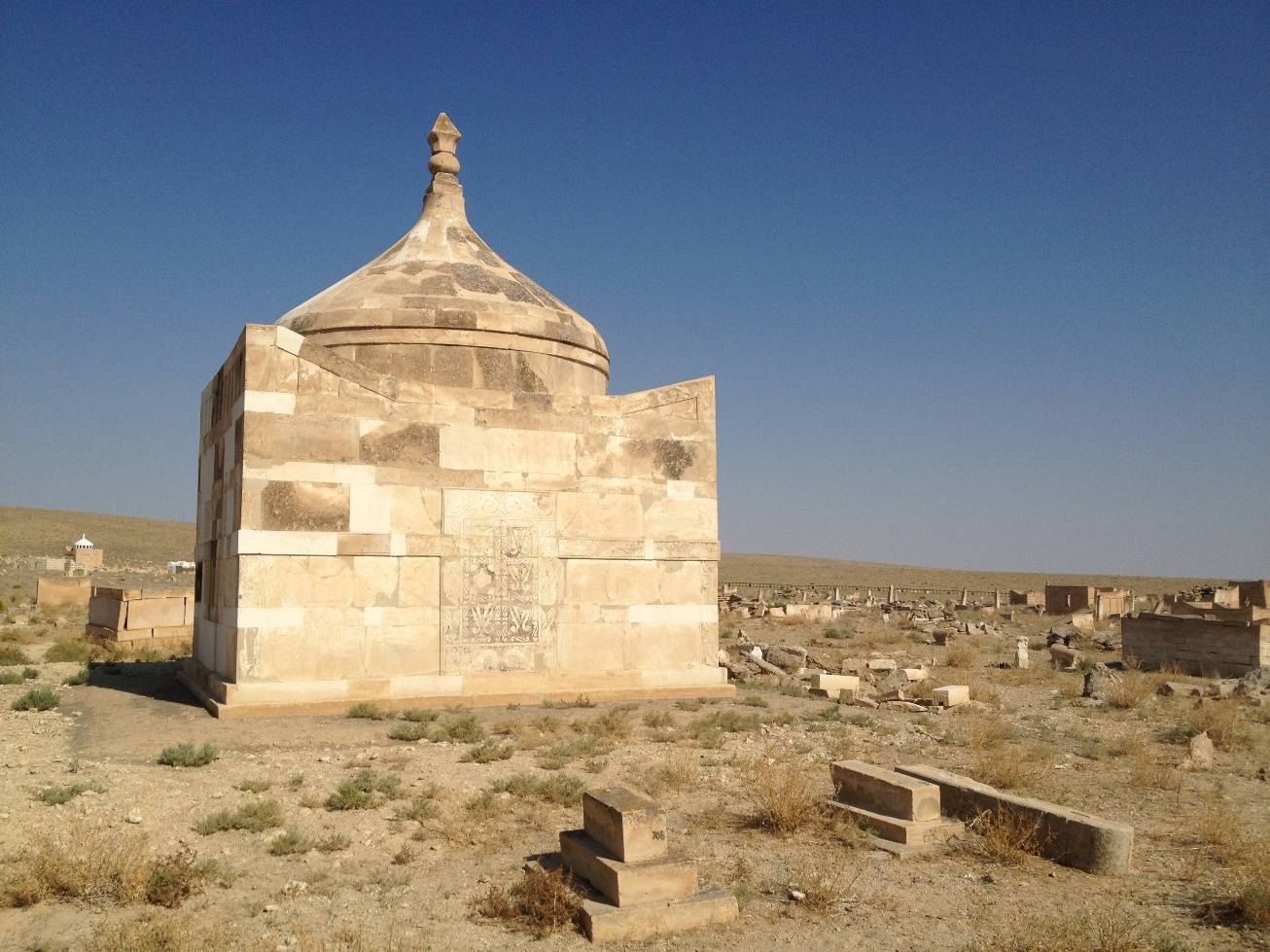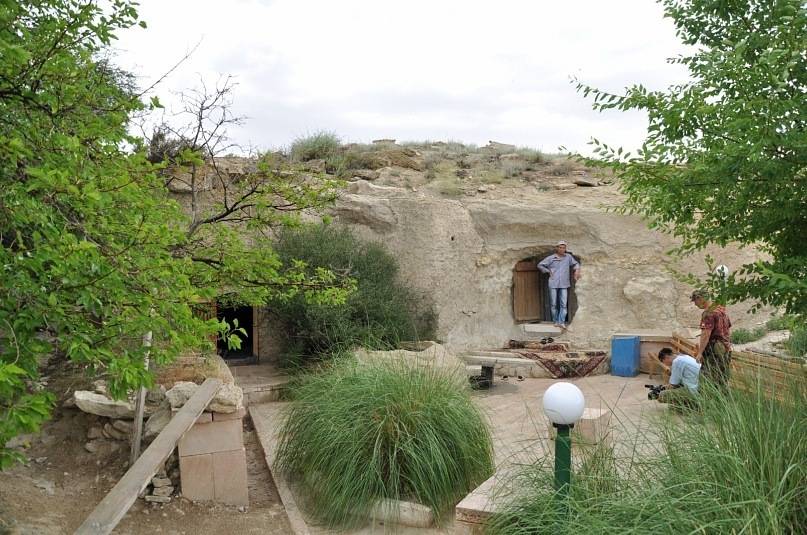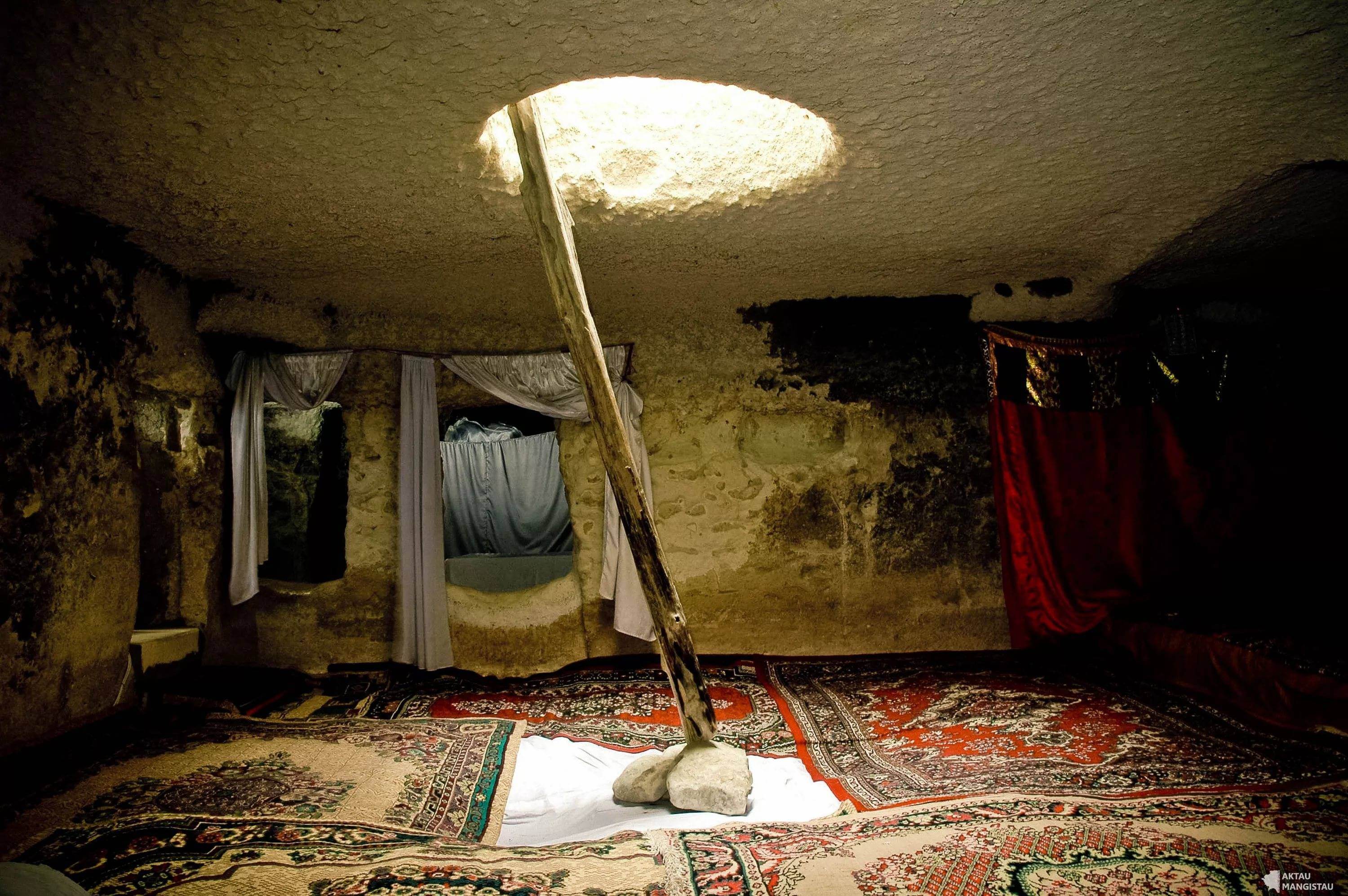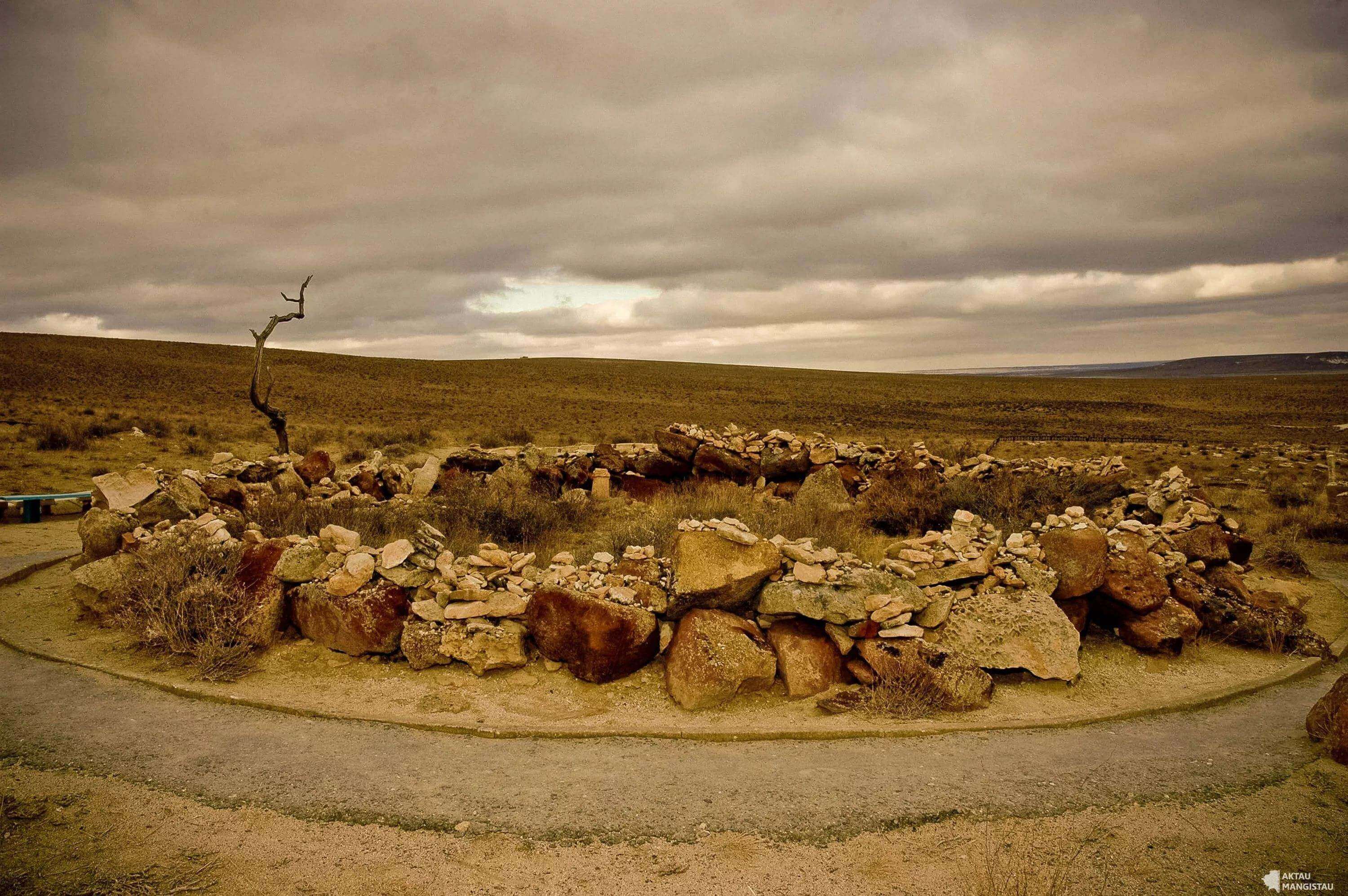Ancient architectural monument
The Shopan-Ata Mosque is one of the most ancient architectural monuments, which is located in the west of Kazakhstan on the coast of the Caspian Sea. Here is buried the great Sufi, philosopher, and mystic - Shopan-Ata, who was one of the disciples of the great religious leader Khoja Ahmed Yassaui. According to ancient legends, Shopan-Ata was a teacher and spiritual mentor of Beket-Ata, a famous Kazakh educator, Sufi, religious figure, and batyr. According to a long-established tradition, all believers initially go to the Shopan-Ata mosque and after they visit the Beket-Ata necropolis.

According to an ancient legend, the great Khoja Ahmed Yasavi ordered all his students to shoot from a bow into the sky. Where the time falls, the disciples must build a mosque and preach Islam. Shopan-Ata's arrow fell to Mangystau, where Shopan-Ata later found his teacher's staff. A beautiful mulberry tree has grown in this place, which is now more than eight hundred years old. Another beautiful legend tells that Shopan-Ata's arrow fell near the house of a rich man, who later hired him to work as a shepherd for a flock of sheep. The only condition of this rich man was that Shopan-Ata would work for free, but if white lambs are born in the herd, Shopan-Ata receives them as payment. During the first year, white lambs were born in the flock. In the end, the rich man married his daughter to a young man. After several years, Shopan-ata will carve an underground mosque in stone in the place where he once worked as a shepherd. Shopan-ata and his wife had two sons and a daughter. During his life, Shopan-ata helped people a lot and left a good memory among the people.

The ancient temple was carved into the rock in the nearby mountain range. Historians date the construction of the mosque to the thirteenth - fourteenth centuries. The ancient Beket-Ata mosque and the ancient Masat-Ata necropolis are located near the graveyard.
Near the necropolis itself, there is a rather large area with numerous burials (there are about four thousand of them). Historians date these burials from the tenth to the fourteenth century. At that time, the Oguz-Kipchak people roamed on this territory.
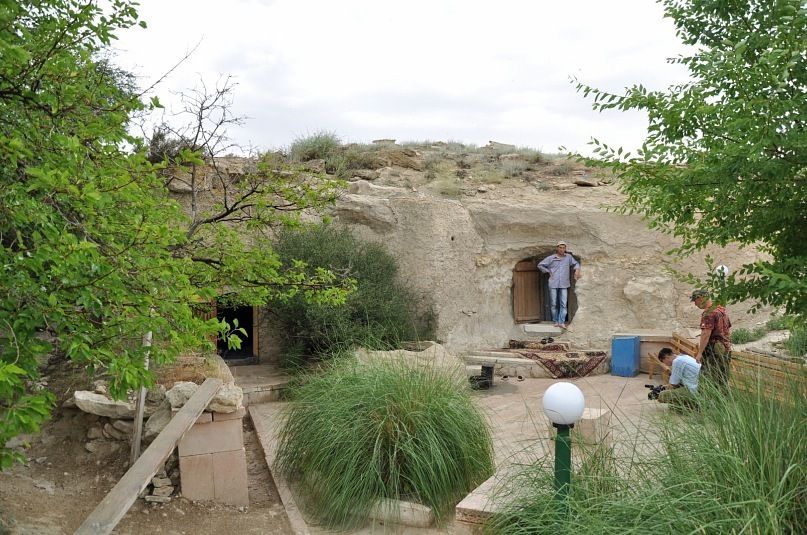
Historians believe that the architectural monument was a cult center. The building of the mosque consists of 12 separate rooms. Each of these rooms has a specific functional purpose. Some rooms are intended for various religious rituals, while others are used for teaching and enlightening activities, and still, others are required for different household needs.
The main central room of the mosque is a small rectangular hall. Light enters the room through a circular light hole in the ceiling, which is slightly offset from the middle of the room. In the very center of the room are two long wooden poles. The pilgrims consider this place sacred. On the right edge of this room is another small room with a high threshold.

On the left side of the room is a Kabirkhana carved. According to the legend, the great Sufi Shopan-ata himself was buried in the burial niche. A little further than the niche is a door that leads to a small sai. There is a kabirkhana behind a curtain near the entrance. According to legend, the saint's daughter is buried here. Two large rooms were carved almost to the full width of the walls of the main hall of the mosque, which were mainly intended for pilgrims. The walls carved into the rock are roughly processed and not decorated.
There is a well below the underground mosque. According to historians, a second mosque was built here a little later. It is located on the east side of the main mosque. A separate entrance is provided for the second mosque, the prayer hall is located transversely to the building and looks to the south like a mihrab.
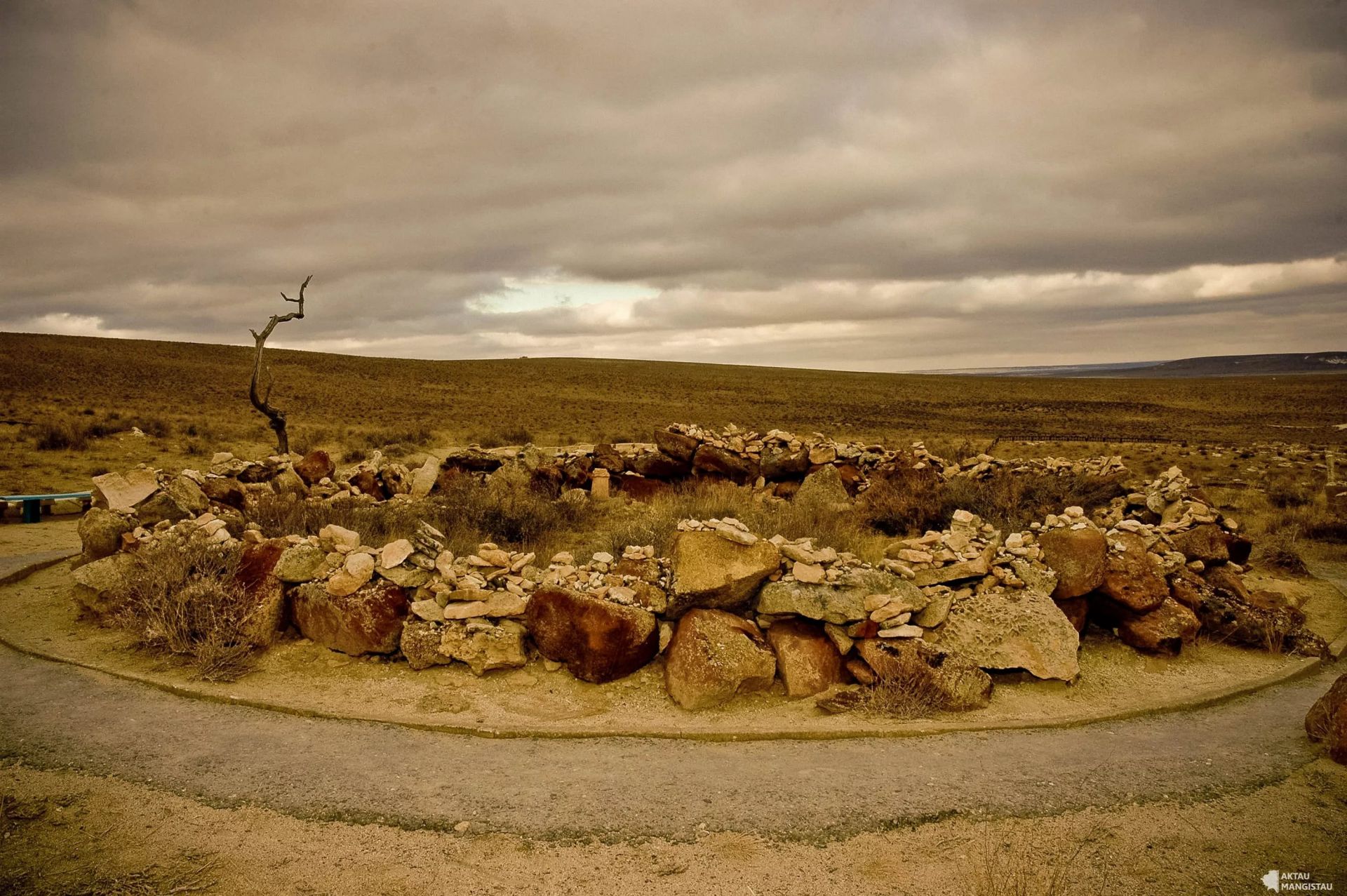
After about 5-7 minutes of walk, you can come across a well. According to legend, it is believed that the water in this well is holy and heals many ailments. Not far from the well is a majestic 800-year-old mulberry tree. Tourists often take pictures with him, hug him, and make wishes. Before entering an underground mosque, they usually first visit a house that looks like an ordinary village house. This house is home to pilgrims who support the heritage of these historic sites.
When visiting the holy places of Mangystau in summer, do not forget to bring a hat, sunglasses, and bottled water. In summer, the weather in these areas is very flaming and dry, which can provoke sunstroke. If you plan to explore the graves around the mosque, be sure to bring comfortable shoes.
Photography is allowed outside the mosque, but photography is usually not allowed inside the underground mosque. For visiting mosques and holy places, it is best to choose closed clothes and avoid short shorts, skirts, and off-the-shoulder outfits.
Location of the Shopan-Ata mosque
The Shopan-Ata mosque is located in the Karakiyansky district of the Mangystau region. The nearest settlement - Senek settlement, is located about 20 kilometers. The old caravan road of Khorezm has passed through these places since ancient times. The largest nearby city is Aktau, which is located to the west, about 210 kilometers. The most convenient way to get here is by car or visit the mosque in a tourist group by bus. The road from Aktau to the Shopan-ata necropolis takes about 3 hours. An excursion is usually offered to tourists as a set: first, they visit the Shopan-ata underground mosque, and only then the Beket-ata necropolis. If you leave Aktau at 7 am, then you will have time to return to the city before midnight. Very often people stay for the night in a free hostel for pilgrims near the Beket-ata mosque.
Предыдущие статьи
Symbol of Strength and Freedom of the Spirit - Otpan Tau Modern historical monument
Духовный комплекс “Отпан тау” - это памятник старины под открытым небом. За…
